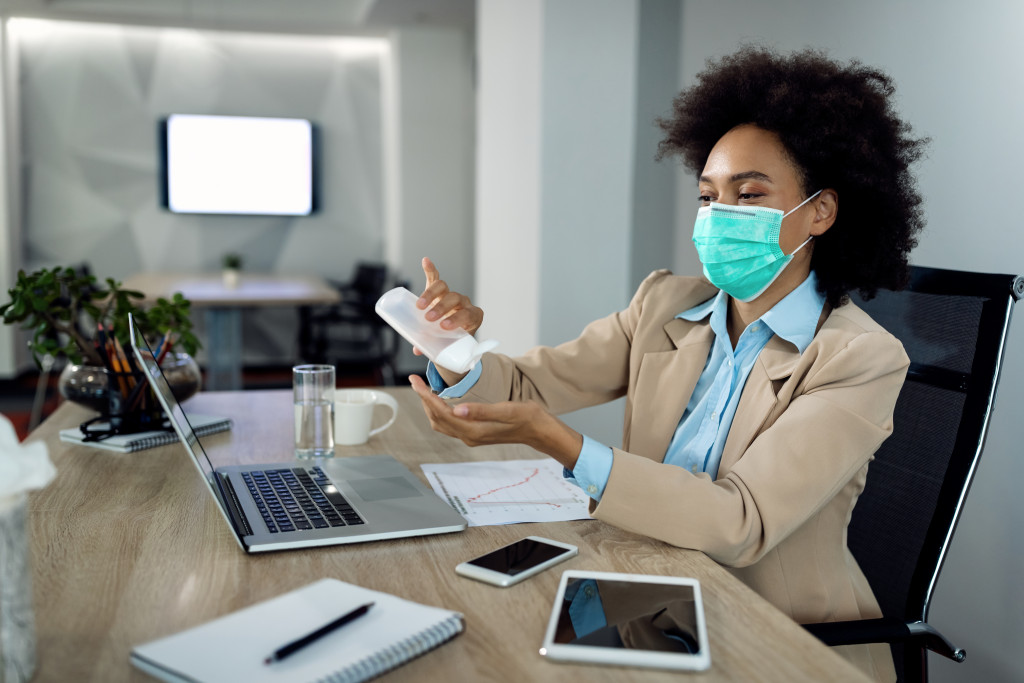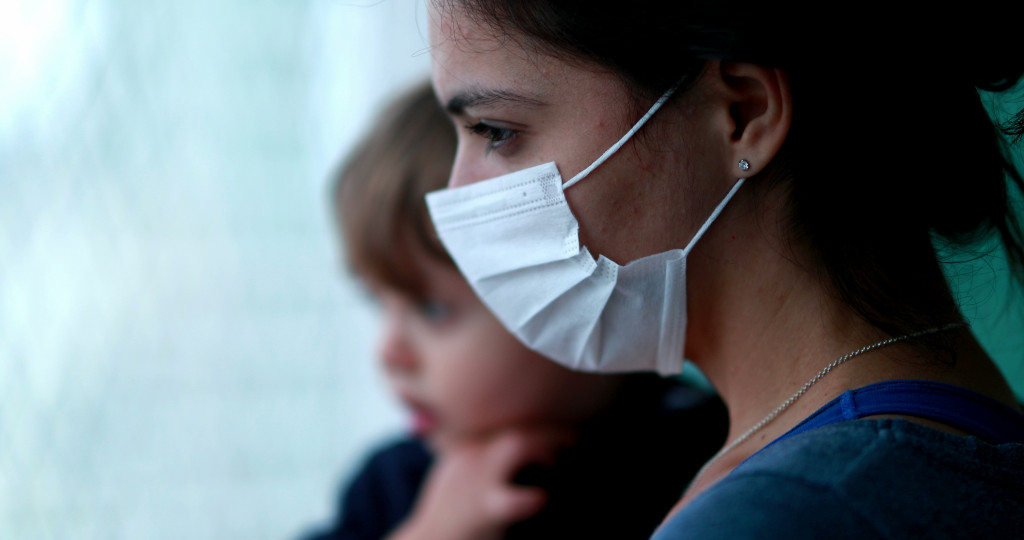COVID-19 is a dangerous virus, and many people know it. But unfortunately, the virus continues to exist, and it continues to infect people. It’s responsible for over six million deaths worldwide, and that number continues to rise despite vaccinations, albeit now in smaller numbers.
Although the end is near for the pandemic, the virus will continue to exist until its eradicated. The symptoms will likely be less severe as our immune systems start to develop appropriate responses once infection happens. Signs of infection would likely be similar to the common cold. However, a more complicated version of these symptoms may occur right after the recovery from the infection. This is a medical phenomenon known as long COVID.

What Is Long COVID?
Long COVID hasn’t been exceptionally researched yet, but many medical professionals have found that people who have recovered from infections have started to develop a wide array of symptoms that are pretty similar to one another. It has baffled many medical experts, and it is still unknown whether the immune system is still fighting against an invisible virus or if it’s setting up defenses against reinfection. But one thing is sure, long COVID exists, and it affects about half of the infected people.
Common Symptoms
The most common symptom concerning long COVID is regarded as X-rays. In addition, it’s been found that people experiencing long COVID have abnormal chest images. Although likely, these images aren’t fatal in any way. It still shows that post-COVID symptoms potentially still exist within a recovered patient.
Many people experience fatigue, muscle soreness, skin rashes, and general pain. However, few experience the symptoms of the virus again, despite having no signs of reinfection.
Some medical experts suggest that these symptoms might be from the aftermath of COVID-19 treatment. Most people who are recovering from the virus are usually bedridden. Bedridden patients usually develop skin rashes due to prolonged exposure to fabric in their skin.
Their inactiveness can also lead to fatigue and muscle soreness as they transition towards a more active life. Interestingly enough, toothaches are a pretty rare sign of long COVID. A dentist may believe that it’s probably from ingesting all the medications during the treatment. This is more common for people that have received a higher viral load.
One of the main things that many experts are looking into is reinfection and whether people with long COVID have a higher risk of getting infected again.
Reinfection
Reinfection rates are drastically low after the first few months of recovery. This is because the immune system responds appropriately to the virus after infection. Those that have been vaccinated are much less likely to get infected again.
The same trend follows those that are experiencing long COVID symptoms. It seems that people who have long COVID have no real risk factor in getting infected again.
Avoiding Long COVID
Although long COVID isn’t a well-researched medical phenomenon that’s happening on patients that recovered from patients, it doesn’t mean that there are some ways people can reduce the risk of having it. One way to reduce the risk of long COVID is through vaccination.
Vaccination
Long COVID is well associated with people who have a higher viral load than others. This means that unvaccinated people are more vulnerable to long COVID than people who have been vaccinated.
Vaccination is becoming the primary source of protection against long COVID symptoms. So if you want to avoid long COVID entirely, it’s best that you get vaccinated.
Living a Healthy Life
Long COVID has also been associated with people who have diabetes and obesity. If you have these two or one of these two, then there’s a huge chance that you’ll experience long COVID symptoms. The best way to avoid it is to live a healthier and more active life the moment you’ve recovered from COVID. This will help you avoid such symptoms and help you transition towards a much healthier life.
Visiting a Medical Professional
The moment long COVID symptoms sink in, you should visit a medical professional immediately. You should get reassessed, as reinfection might probably be a cause for your symptoms, even if it’s unlikely. You should immediately tell them the symptoms you’re experiencing and when you’ve experienced them. They will give you the appropriate treatment to ensure that you stay healthy in the future.
Many medical professionals are still researching long COVID. However, the best way to avoid such symptoms is by following the tips above. Not getting infected will always be your best bet against any COVID-related symptoms.

